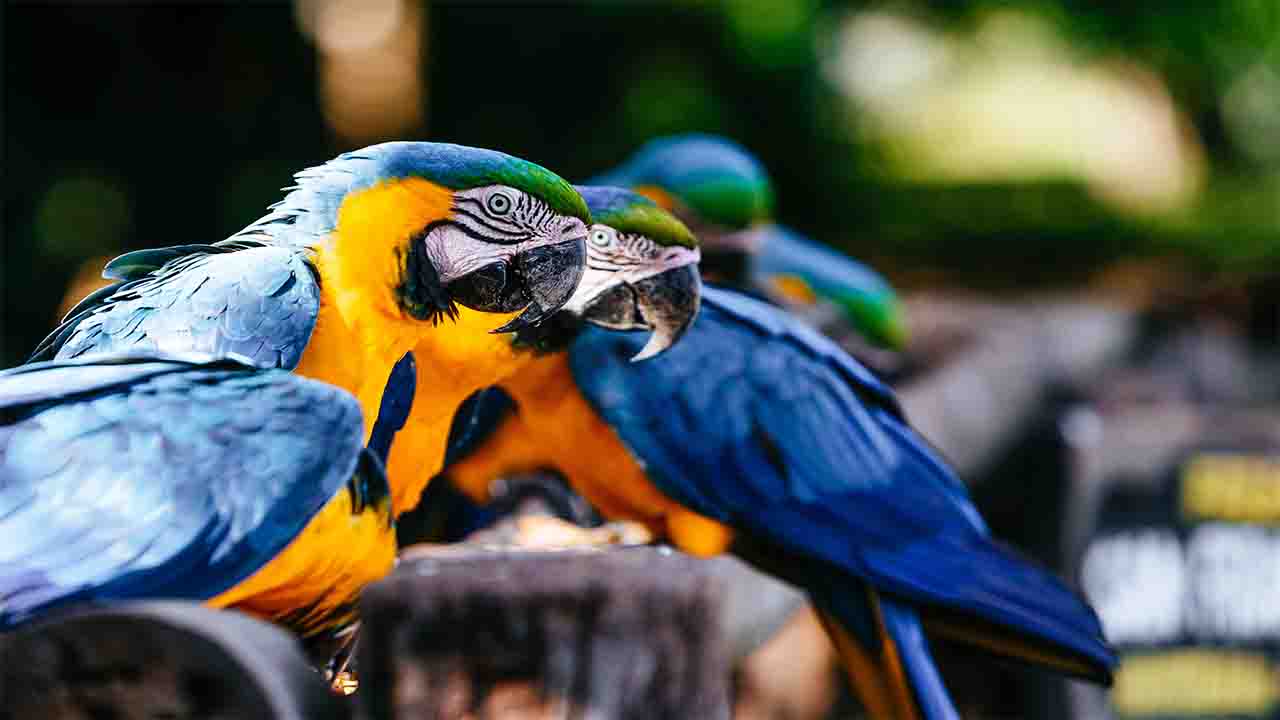Canada (Commonwealth Union)_ A current study on Caribbean parrots has exposed that species thought to be exclusive to precise islands were once more predominant and diverse than previously thought.
The study helps to clarify why parrots, chiefly those on islands, have emerged the world’s most threatened bird group.
The study author indicated, humans did not land on most of the world’s islands until fairly recently, creation islands promising places for unravelling the timing and magnitude of natural and human caused impacts on species variety and dispersals.
Here, its focused on Amazona parrots in the Caribbean, which have close associations with humans.
In 1492, during Christopher Columbus’ initial voyage to the Caribbean, parrot groups were so plentiful that they allegedly “masked the sun.”
But currently, over half of the Caribbean parrot species, extending from macaws to parrotlets, are vanished. The mission of preserving the enduring species has been delayed by the incomplete knowledge of their past distributions.
People have constantly been infatuated with parrots, said study principal author Jessica Oswald, a senior biologist with the U.S. Fish and Wildlife Service Forensics Lab.
Native people have moved parrots across islands and between continents for thousands of years. Later, European settlers sustained that practice, and we’re still moving them everywhere today.
According to the investigators, centuries of trade have made it tough to know how parrots spiraled up where they are today. Half of the 24 parrot species that presently live in the Caribbean were introduced from other areas, and it’s uncertain whether native parrots progressed on the islands they occupy or were likewise transported there.
There are archives of parrots being restricted in homes, where they were appreciated for their plumages and, in some cases, possibly as a source of food,
said study senior writer Michelle LeFebvre from the Florida Museum of Natural History.
Parrots are frequently discovered at archaeological locations, and they have a extraordinary fossil record in the Caribbean.
Formerly, the split nature of these relics made it far-fetched to categorize the fossil species. But today, recent developments in DNA expertise have made it conceivable.
David Steadman, a retired custodian of ornithology, cooperated with Oswald, who effectively sequenced DNA from a 2,500-year-old extinct Caribbean bird.
Steadman said, the single most substantial thing about this mission is we can make use of fossils in ways that were not even conceivable when they came available from the ground.
Utilizing genetic sequencing approaches, the experts recognized associates between extinct flightless Caribbean birds and species in New Zealand and Africa.
The research concentrated mostly on the Cuban and Hispaniolan parrots of the Amazona species.
Although the Cuban parrot species presently thrives in select parts of the Caribbean, the Hispaniolan species faces possible extinction, limited to its namesake island.
The DNA breakdown led to some astonishing disclosures. For instance, fossils from Bahamian locations formerly presumed to belong to the more predominant Cuban parrots were essentially from Hispaniolan parrots.
This advocates that Hispaniolan parrots once extended through the Bahamas before humans touched the islands.
One of the prominent things about the study is the detection of what could be classified as dark extinctions. LeFebvre said, researchers are learning about diversity that they didn’t even know existed up until we took a closer look at museum specimens.
The study also brightens the human part in species circulation. According to Oswald, knowing where species once flourished is the primary step to preserving what’s left of their variety.
We have to reflect about what we consider to be normal, she said. People have been changing the natural world for thousands of years, and species that we contemplate are endemic to certain parts might be the result of current range loss owing to humans.
It takes archaeologists, paleontologists, evolutionary biologists and museum scientists all working collectively to really comprehend the long-term character of humans on diversity change.








